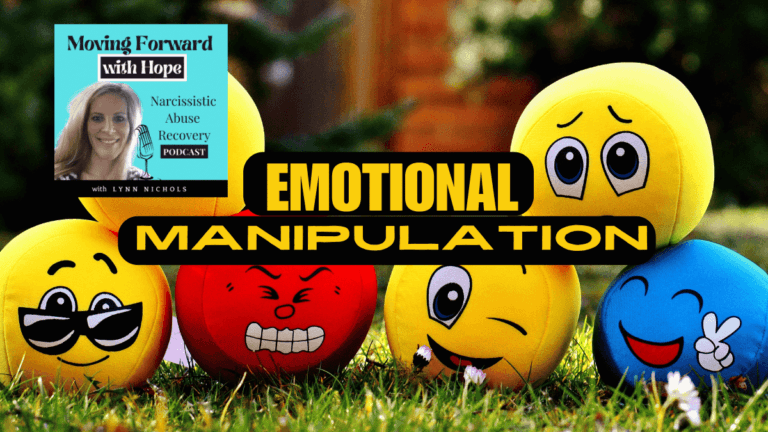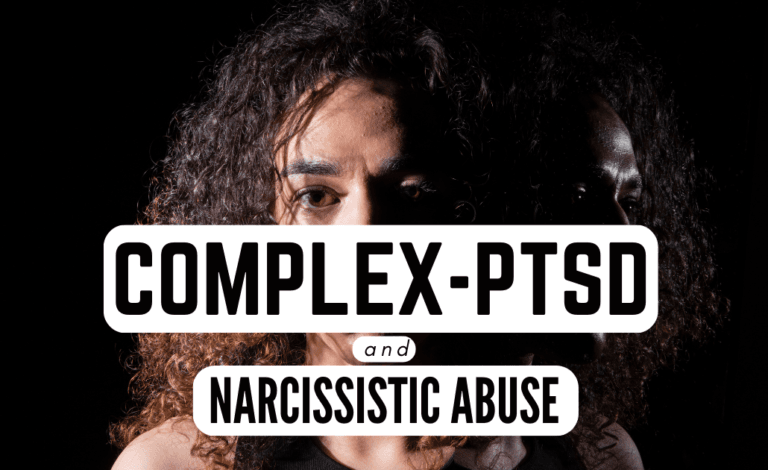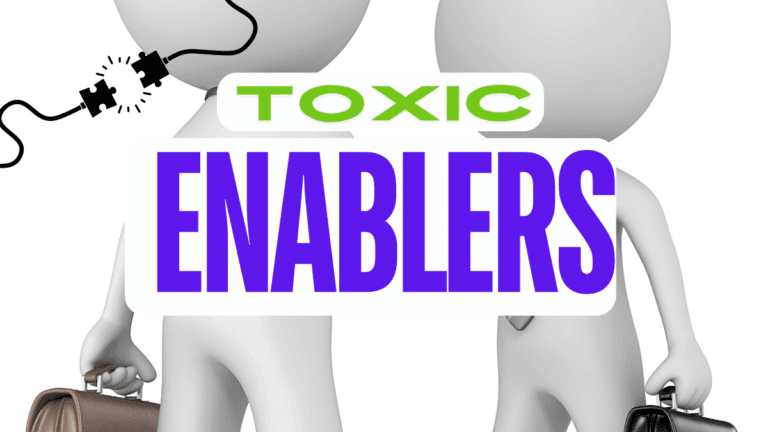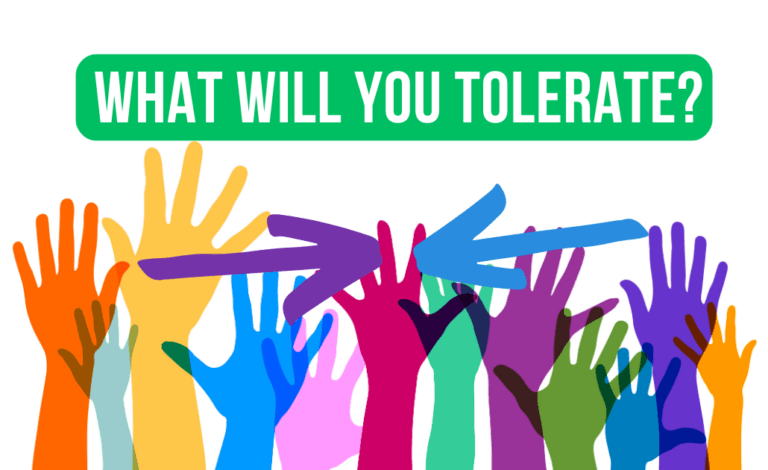Manhood and Masculinity: Evolving Times for Men and 5 Emerging Trends in the Changing Landscape
Table of Contents
In recent years, the terms “masculinity” and “toxic masculinity” have become central to discussions about gender roles and societal expectations. While they may seem similar at first glance, they represent vastly different concepts. Understanding the distinction between healthy masculinity and toxic masculinity is essential for fostering positive gender dynamics and creating a more inclusive society.
What we are going to aim to do in this article is:
- Take a look at the historical definition of masculinity;
- Define Toxic Masculinity broken down into segments;
- We will showcase the differences between these two historically;
But we are going to take it a step further to add to the equation what we call mature masculinity, and we will break that down too, as best we can.
Lastly, we are going to add to the changing landscape of evolving masculinity as the tide is turning and the shift is occuring rather rapidly post-Covid. It’s almost like we are in a new age of relationships and how we relate to one another. This is not an end-all-be-all conversation. Our hope is to engage in it, and help to shed light on this evolving topic.
Ready for a wild ride?
Defining Historical Masculinity
Masculinity refers to the set of attributes, behaviors, and roles traditionally associated with boys and men. However, it’s important to recognize that many traits commonly associated with masculinity are not exclusive to men and can be exhibited by anyone, regardless of gender. These traits include:
- Resilience: Embracing challenges and persevering in the face of adversity.
- Leadership: Taking initiative and demonstrating responsibility in various aspects of life.
- Protecting and Providing: Supporting and caring for loved ones, contributing to the well-being of family and community.
- Emotional Control: Managing emotions effectively while being open and communicative when appropriate.
What is Toxic Masculinity?
Toxic masculinity, on the other hand, refers to cultural norms and behaviors that can be harmful to both individuals and society as a whole. It is characterized by the enforcement of traditional male stereotypes to an extreme degree, often resulting in:
- Suppression of Emotions: Toxic masculinity discourages the expression of vulnerability, leading to emotional repression and mental health issues.
- Aggression and Violence: It often promotes aggression and dominance as the primary means of asserting oneself, which can lead to harmful behaviors and relationships.
- Sexism and Misogyny: Toxic masculinity can perpetuate sexist attitudes, encouraging the belittlement or objectification of women.
- Homophobia and Transphobia: It frequently involves a rejection of anything perceived as “feminine” or outside traditional gender norms, leading to prejudice against LGBTQ+ individuals.
- Risky Behavior: Encourages engagement in dangerous activities to prove one’s masculinity, disregarding personal safety and well-being.
Differences Between Masculinity and Toxic Masculinity
Emotional Expression:
- Masculinity: Encourages balanced emotional control, promoting healthy expression and communication.
- Toxic Masculinity: Discourages showing emotions, leading to repression and potential mental health issues.
Interpersonal Relationships:
- Masculinity: Fosters supportive and respectful relationships, emphasizing mutual care and respect.
- Toxic Masculinity: Often promotes dominance and control, resulting in unhealthy and abusive relationships.
Behavioral Expectations:
- Masculinity: Encourages positive traits like resilience and leadership without rigidly defining gender roles.
- Toxic Masculinity: Enforces harmful stereotypes, pushing individuals to conform to narrow and damaging definitions of masculinity.
Can We Combat Toxic Masculinity?
To combat toxic masculinity, it is crucial to promote healthy expressions of masculinity that embrace positive traits while rejecting harmful stereotypes. Here are some steps to encourage healthy masculinity:
- Encourage Emotional Intelligence: Teach that it is okay to express emotions and seek help when needed. Emotional intelligence should be valued and nurtured.
- Model Respectful Relationships: Demonstrate and reinforce the importance of respectful and supportive relationships, where mutual care and communication are prioritized.
- Challenge Stereotypes: Actively work to dismantle harmful gender stereotypes and promote diverse expressions of masculinity.
- Support Mental Health: Provide resources and support for mental health, encouraging people to seek help and talk about their struggles without shame.
How Does Toxic Masculinity Impact Society?
Toxic masculinity has far-reaching consequences, affecting individuals and society at large. Those who adhere to toxic masculine norms may struggle with mental health issues, as they are discouraged from seeking help or expressing vulnerability. This can lead to increased rates of depression, anxiety, and even suicide.
Furthermore, toxic masculinity contributes to a culture of violence and aggression, resulting in higher incidences of domestic violence, sexual assault, and other forms of abuse. It also perpetuates gender inequality by reinforcing sexist attitudes and behaviors.
One Step Further: Mature Masculinity
The concept of mature masculinity is for the party to have the knowledge, foresight and experience to know when and how to embrace this standard of being.
Mature masculinity encompasses a set of attributes, behaviors, and attitudes that reflect a well-rounded, responsible, and emotionally intelligent approach to life. It goes beyond traditional stereotypes and embraces a balanced, inclusive perspective.
Here are key elements of mature masculinity:
Emotional Intelligence:
- Self-Awareness: Recognizes and understands one’s own emotions and how they impact thoughts and behavior.
- Empathy: Demonstrates a genuine ability to understand and share the feelings of others.
- Emotional Regulation: Manages emotions in a healthy way, expressing them appropriately and constructively.
Healthy Relationships:
- Respect: Treats others with dignity and respect, valuing their thoughts and feelings.
- Communication: Engages in open, honest, and effective communication, listening actively and expressing oneself clearly.
- Supportiveness: Provides emotional and practical support to friends, family, and partners.
Inclusivity and Open-Mindedness:
- Respect for Diversity: Embraces and respects differences in others, whether based on gender, race, culture, or other factors.
- Collaborative Spirit: Works well with others, valuing teamwork and collective effort over individual achievement.
- Curiosity: Maintains an open mind and a willingness to learn and grow from new experiences and perspectives.
It’s also important to note, that without integrity and the ability to be self-aware with a growth mindset, accomplishing these would be challenging.
Integrity and responsibility are foundational elements of mature masculinity. Those who embody these qualities take accountability for their actions and their consequences. They understand the importance of honesty and transparency in all interactions, whether personal or professional.
Being reliable and dependable, they fulfill their commitments and honor their promises, building trust and respect in their relationships. By owning up to their mistakes and learning from them, they demonstrate a willingness to grow and improve, setting a positive example for others. This commitment to integrity fosters a culture of honesty and ethical behavior, which is essential for creating healthy, supportive communities.
Understanding the distinctions between traditional masculinity, toxic masculinity, and mature masculinity is essential in navigating the evolving landscape of gender roles and societal expectations.
Traditional masculinity, with its emphasis on strength, resilience, and providing for others, has long been a guiding framework for many. However, when these traits are taken to an extreme, they can manifest as toxic masculinity, promoting emotional suppression, aggression, and harmful stereotypes that negatively impact both individuals and society.
In contrast, mature masculinity offers a more balanced and inclusive approach. It embraces the positive aspects of traditional masculinity while rejecting the harmful behaviors associated with toxic masculinity.
Mature masculinity values emotional intelligence, healthy relationships, integrity, and inclusivity. It encourages men (and all individuals) to express emotions healthily, build respectful relationships, and challenge outdated gender norms.
As we redefine what it means to be masculine in this evolving age, it is crucial to foster a culture that supports healthy expressions of masculinity. This shift not only benefits men but also contributes to more compassionate, equitable, and inclusive communities. By promoting mature masculinity, we can create a society where everyone, regardless of gender, can thrive authentically and healthily.
Related: What is Fueling the Great Divorce?
We welcome you to share your thoughts on this deep subject, all comments are monitored and not all will be published.
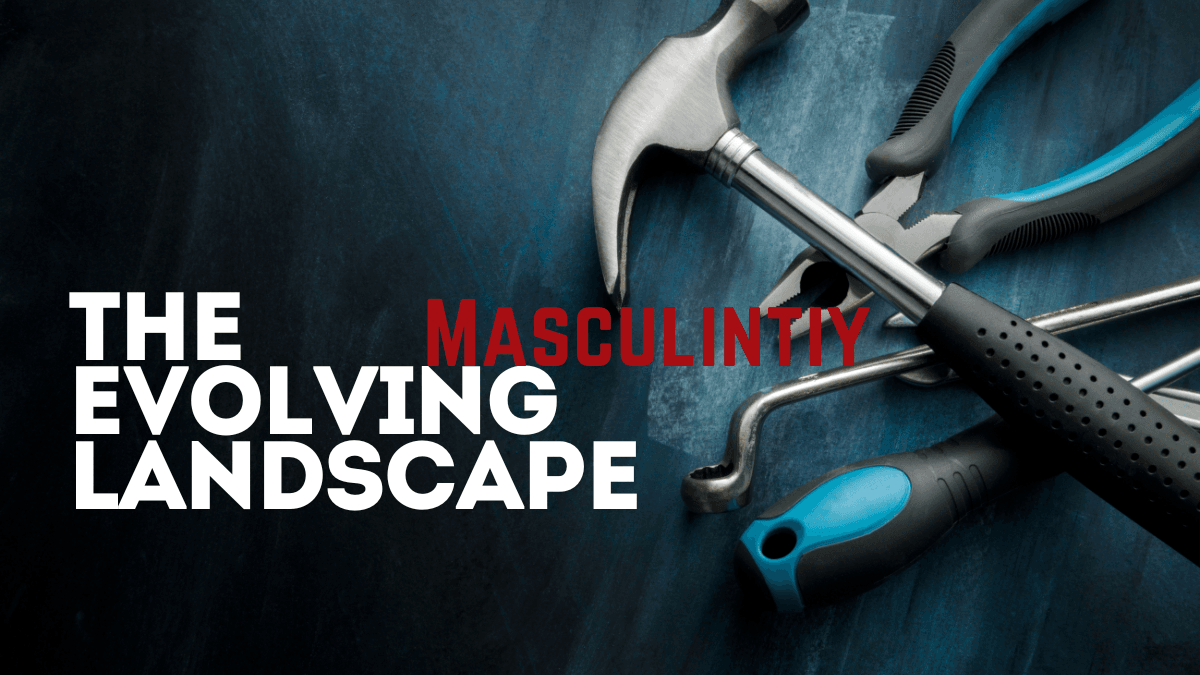

![Top Lies a Narcissist Tells / [How to] See Through the Mask a Narcissist Wears 2 Top Lies Narcissists Tell](https://movingforwardafterabuse.com/wp-content/uploads/2021/10/Top-Lies-768x432.png)
